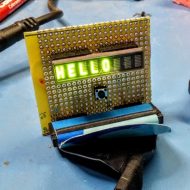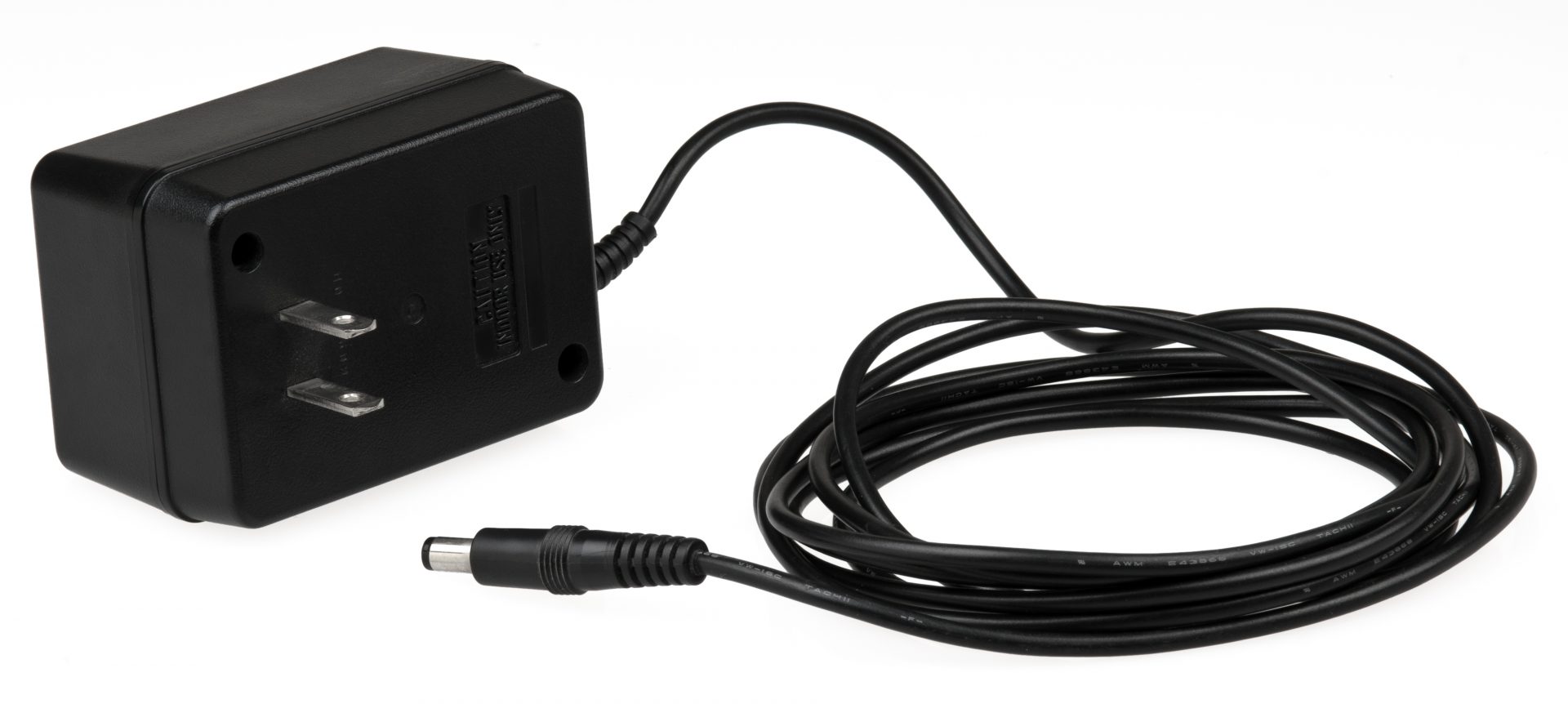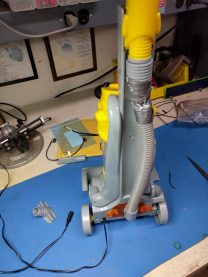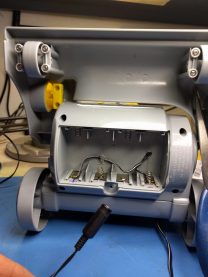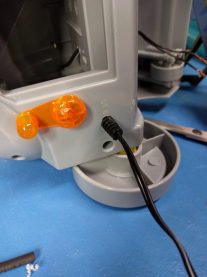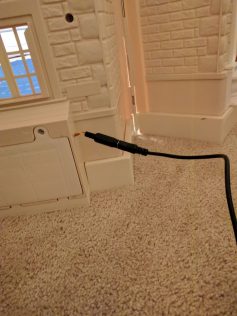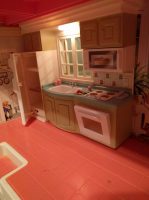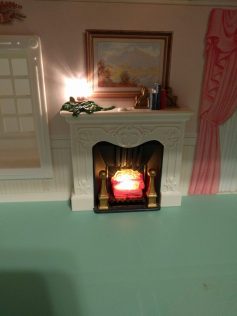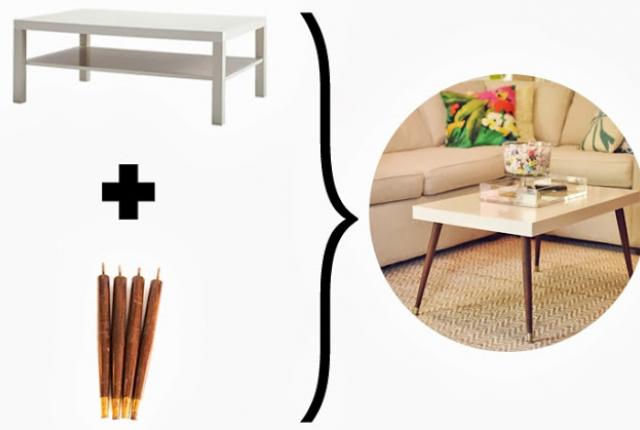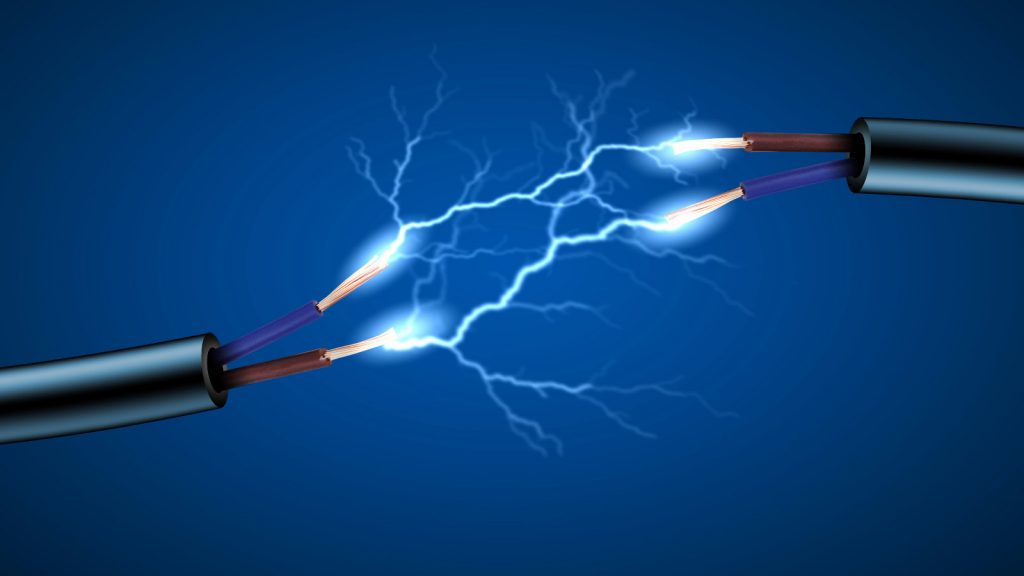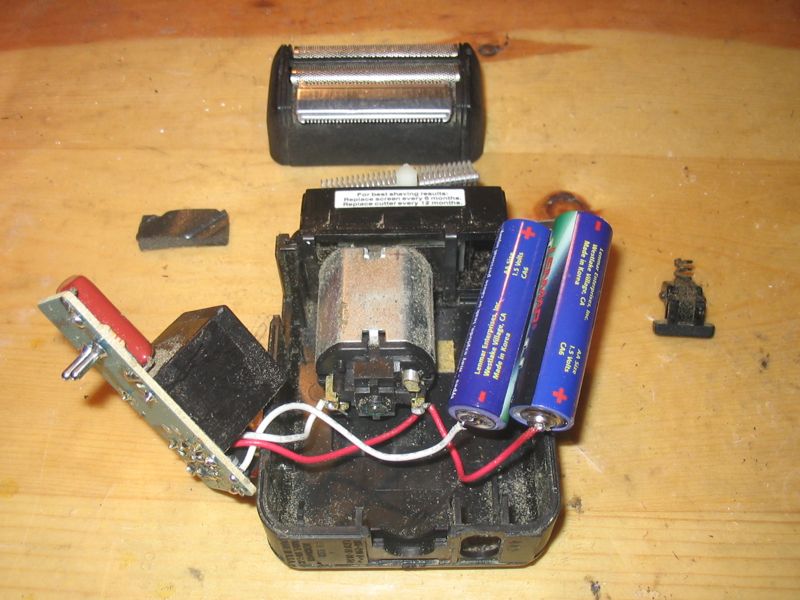In my house, we have a ton of “batteried” devices. Having small children, in this modern age, one tends to collect a lot of toys, tools, crafts, and associated appliances that require an array of batteries. Triple- and double-As are in high demand, though 9V and even the C cells are occasionally used. Don’t even get me started with the coin cells.
If given the chance, wouldn’t you rather trade in the never-ending task of exchanging batteries with a power cord? If only those gizmos had come with a cord rather than a battery compartment.
So its when other unfortunate household electronics die that I’m always keen to save their wall transformer power supplies. Otherwise known as “wall warts”, those ugly, fat, square, unsightly little givers of DC electricity have breathed new life into some unlikely power hogs in my house.
All it takes is a soldering iron, some penchant for disassembly, and patience to “cordify” a batteried device. Realize, dear friend, that a wall wart outputs various levels of DC voltage, probably similar to the battery level in DUT 1. Without further ado, let’s take a look at some sample doo-dads that have been cordified.
Let’s start with the kids stuff…
Kids Play Vacuum
Kids Toy Kitchen
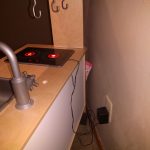
Kids Dollhouse
But even grown-up stuff can benefit from cordification. Take for instance my trash can which has a battery pack for opening the lid when motion is sensed. These batteries would die constantly. Time for a cord:
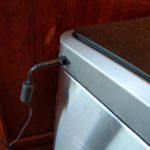
Or how about the miniature Christmas tree light string? No more batteries, thank you:

